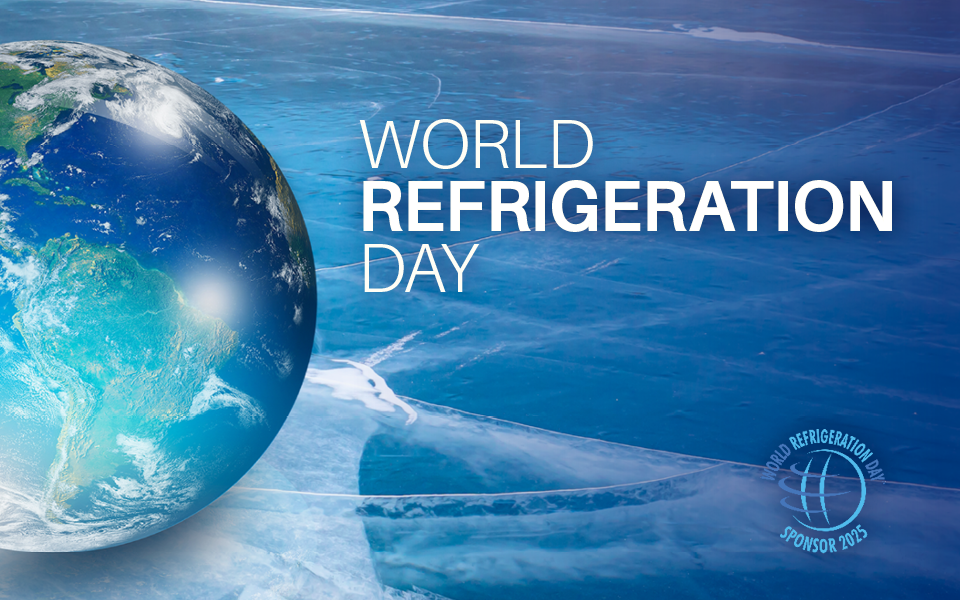*On June 1, 2023 Emerson’s Climate Technologies business became a new standalone company – Copeland. Though our name has changed, we are building on more than a century of HVACR innovation and industry leadership, and Copeland continues to offer the same products, industry stewardship, and learning opportunities you’ve grown to trust. Information found on this webpage posted before June 1, 2023 may contain our old name or branding, but you can be at ease knowing it was created with the knowledge and expertise of Copeland.
This is the first post of CO2 as a Refrigerant, a blog series covering the fundamental considerations and characteristics of CO2 as a refrigerant (R-744). CO2 offers a proven, sustainable refrigeration strategy — with a global warming potential (GWP) of 1 and zero ozone depletion potential — but introduces new system design, application and handling considerations.
Commercial refrigeration has been under increasing environmental scrutiny for more than a decade, especially as studies have revealed the true effects of leaked hydrofluorocarbon (HFC) emissions. A global phasedown of HFC refrigerants is underway, and reducing leaks in the existing equipment installed base is a top priority for industry stakeholders. In response, manufacturers are introducing a variety of lower-GWP refrigerant options and system architectures — creating an ever-expanding range of choices for refrigeration equipment decision-makers.
The significant environmental advantages of R-744 have solidified its market position as a leading option for future refrigeration systems. Not only has R-744 demonstrated favorable results in different system configurations for more than two decades — particularly in Europe, Australia and Canada — but it is also experiencing increased popularity in the U.S. First and applied costs are now on a downward trend, while innovations in component technology and application methods continue to deliver real-world performance gains. These advancements and developments have helped to ensure that CO2 will continue to be a viable option for the foreseeable future.
This post is the first in a series that will introduce CO2 as a refrigerant. The blog series will summarize the properties of R-744 and examine how it meets traditional and emerging needs for refrigerants and equipment technologies. Throughout this series, I will also cover some of the reasons how and why CO2 refrigeration systems differ from traditional HFC systems, notably the design considerations needed to adapt to supercritical operation under certain conditions. Additional topics and considerations for using R-744 will be explored, including the basics of R-744 systems; more detailed information about the design of CO2 booster, single-stage and cascade systems; and key points about their commissioning, operation and servicing.
In the next CO2 as a Refrigerant post, I will discuss the primary considerations and criteria for choosing refrigerants, examining multiple factors, and assessing R-744’s effectiveness at meeting key selection criteria.

State-level decarbonization efforts ramp up
New York continues its climate policies in the face of federal deregulation. I recently returned...

Repair or Replace? How to advise homeowners on the shift to A2L refrigerants
The transition to lower-global warming potential (GWP) refrigerants hit a new milestone this year...

Celebrating World Refrigeration Day 2025
Electrical component considerations for A2L system safety Heating, ventilation, air conditioning...
